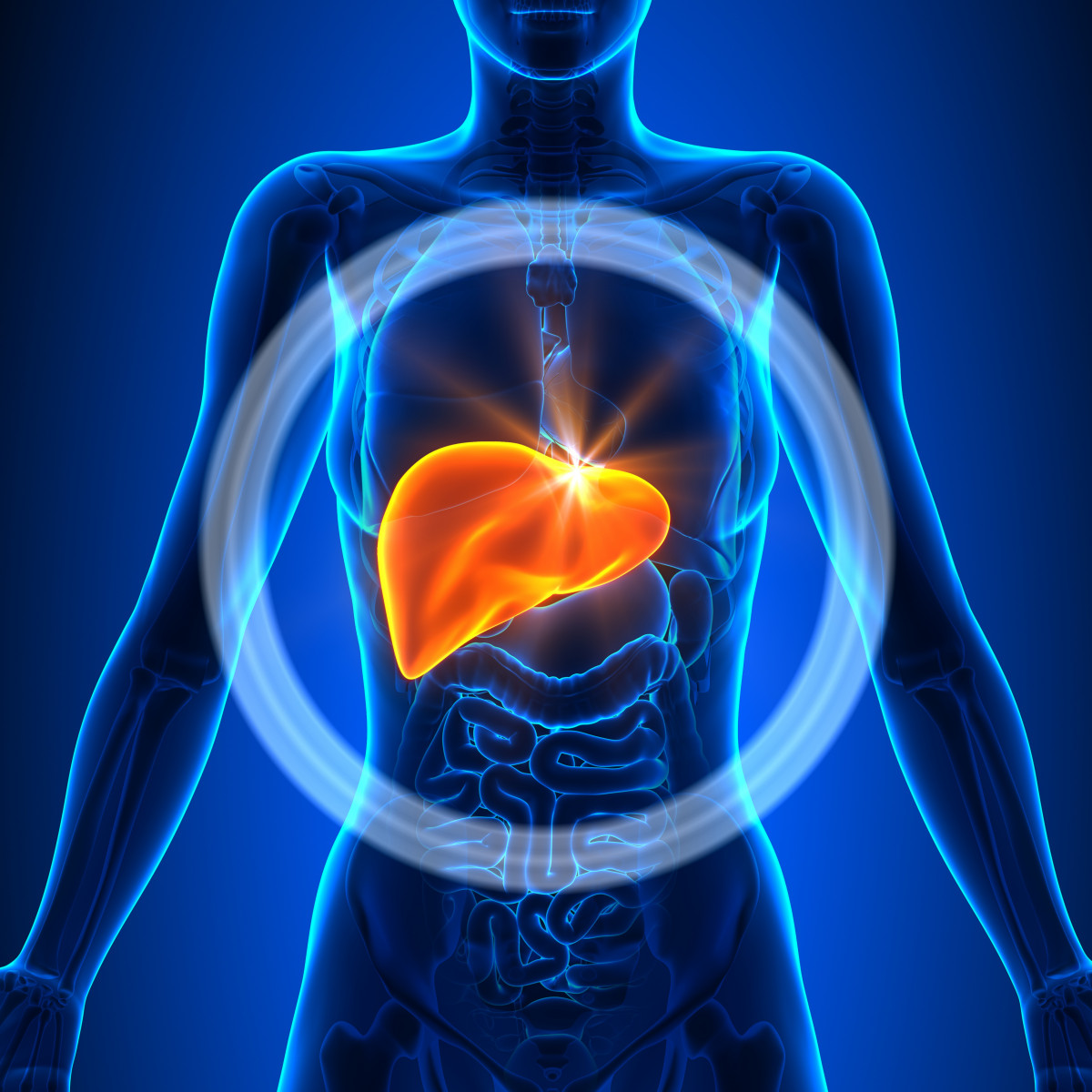Ultrasound Patterns May Predict CF Liver Disease, Study Suggests
Written by |

Liver ultrasounds can help identify children with cystic fibrosis (CF) who are at higher risk of developing liver disease, a new study shows.
The study, “Heterogeneous Liver on Research Ultrasound Identifies Children with Cystic Fibrosis at High Risk of Advanced Liver Disease: Interim Results of a Prospective Observational Case-Controlled Study,” was published in The Journal of Pediatrics.
Although CF primarily affects the lungs and pancreas, about 7% of people with the disease develop CF liver disease (CFLD), which is characterized by elevated pressure in the liver’s blood vessels and liver scarring (cirrhosis). Currently, there are no well-established markers to determine who is at higher risk of developing CFLD.
“As we develop new therapies for cystic fibrosis and for other liver diseases, it is critical that we better understand which patients with cystic fibrosis are at higher risk for cystic fibrosis liver disease,” Michael Narkewicz, MD, the study’s senior author, said in a press release.
A previous single-center study suggested that a heterogeneous pattern on liver ultrasound might be predictive of CFLD. Whereas a normal liver ultrasound shows the organ to be smooth, this pattern is more patchy.
The new study reports interim results from the PUSH clinical trial (NCT01144507, Prediction by Ultrasound of the Risk of Hepatic Cirrhosis in Cystic Fibrosis). The trial is assessing the power of liver ultrasound to predict CFLD in a prospective manner — meaning participants are enrolled prior to developing a disease, in this case CFLD, and are followed over time.
PUSH is sponsored by the National Institute of Diabetes and Digestive and Kidney Diseases in collaboration with the Cystic Fibrosis Foundation.
The study enrolled children with CF, between the ages of 3 and 12, at 11 clinical sites in North America. The team analyzed 55 children with heterogeneous liver ultrasound patterns, and 116 children with normal liver ultrasound patterns.
To confirm the CFLD diagnosis — which would require an invasive liver biopsy to be definitive — researchers looked at the development of another kind of liver ultrasound pattern, called a nodular pattern, which is associated with advanced liver disease. The ultrasound results were determined based on the consensus opinion of four expert radiologists.
Over the first four years of follow-up, 13 children (23%) with initially heterogeneous patterns developed the nodular pattern, a significantly higher rate than the three children (2.6%) with initially normal ultrasound patterns. Statistical analyses suggested that CF children with a heterogeneous liver ultrasound pattern were nine times more likely to develop the nodular pattern (indicative of CFLD).
Other laboratory and clinical parameters — namely levels of aspartate aminotransferase (AST), AST to platelet ratio index (APRI), albumin, and weight adjusted for age — were also significantly associated with the risk of developing the nodular pattern.
The results suggested that “liver research ultrasound examinations can identify children with CF at increased risk for developing advanced CF liver disease,” the researchers wrote.
“Our study is a vital first step in identifying those patients, and should help in the creation of targets for therapies that could prevent cystic fibrosis liver disease,” Narkewicz said.
The team emphasized that more research is needed. “Further refinement with the addition of biomarkers, elastography, or other standardized imaging findings will likely be needed to optimize the identification of children at a high risk for [advanced] CFLD,” they said.






